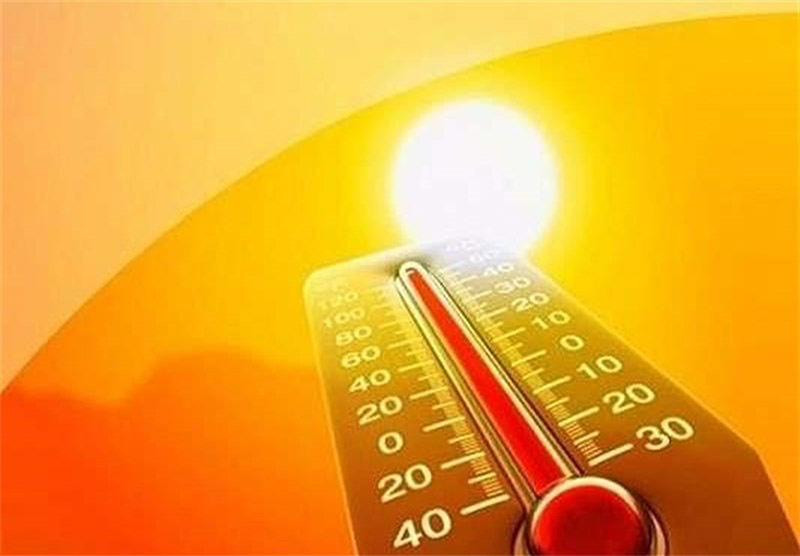By Linda Conlin, Pro to Pro Managing Editor

Heatwaves across the country have turned attention to the impact of climate change on the environment, but what about the impact of rising temperatures on health and vision in particular? The results of a recent study published in Ophthalmic Epidemiology indicated that higher average temperature is consistently associated with increased odds of severe vision impairment across age, sex, race, income, and educational attainment, with the exception of Hispanic older adults. Compared to those who lived in counties with average temperature of less than 50 °F (< 10 °C) , the odds of severe vision impairment were 44% higher in counties with average temperature of 60 °F (15.5 °C) or above. (Esme Fuller-Thomson, ZhiDi Deng & Elysia G. Fuller-Thomson (2023) Association Between Area Temperature and Severe Vision Impairment in a Nationally Representative Sample of Older Americans, Ophthalmic Epidemiology, DOI: 10.1080/09286586.2023.2221727)
The study used data from the 2012 to 2017 American Community Survey (ACS), an annual survey conducted by the US Census Bureau. Researchers selected data from 1,707,333 respondents aged 65 and older in the contiguous US who lived in the same state where they were born. The sample included those living in the community, nursing homes, and assisted living facilities, and who had answered “yes” to the ACS question, “Is this person blind or does he/she have serious difficulty seeing even when wearing glasses?” Researchers paired that data with average annual temperatures by state from the NOAA National Climatic Data Center. Average annual state temperatures, excluding Alaska and Hawaii, range from a high of 70.7 degrees in Florida to a low of 40.4 degrees in North Dakota.
The results showed incremental increases in the odds of severe vision impairment for every 5 degree increase in average temperature: 14% higher for those who lived in counties with average temperature between 50–54.99 °F, 24% higher for those between 55–59.99 °F, and 44% higher for those with average temperature at 60 °F or above. Researchers offered hypothetical explanations for the results. Among them was that exposure to ultraviolet light increases with warmer temperatures – people spend more time outdoors – increasing the risk of UV-related eye diseases. Another suggestion was that the incidence of non-UV-related eye diseases, such as fungal keratitis, increases with temperature. Air pollution can also affect ocular health by producing structural changes in the ocular surface and conjunctival epithelium, so those living in warmer environments may be at greater risk of vision impairment because high temperatures, particularly heatwaves, are associated with increased concentrations of air pollutants such as particulate matter and ozone.
Researchers say that more study is needed worldwide to determine if higher temperatures can be a cause of vision loss, especially when the average global temperature is expected to rise by 5.4 degrees Fahrenheit by 2100 along with an increasingly aging world population. All this considered, might the next popular retirement destinations be cooler rather than warmer?












